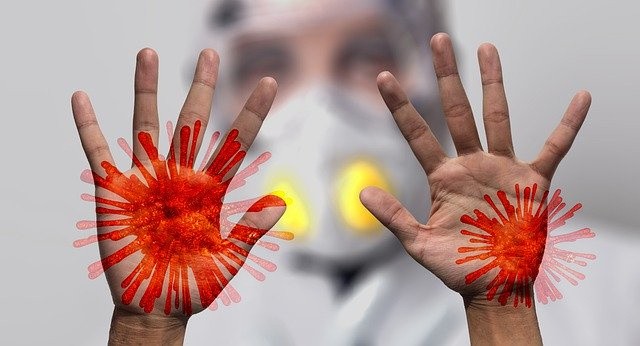
As the coronavirus transmission continues to spread, so does the work of doctors and scientists who study how it spreads faster. Previously known as SAR-CoV-2, the World Health Organization (WHO) now called it COVID-19, causing more worries because the former was thought to have been caused by coughing or sneezing. However, it appears that the worst is yet to come as there might be more ways that it can spread. This is a concern with increasing cases and circumstances of infections caused by the contagion.
Stool or feces spreads the COVID-19
Recent reports had mentioned the possible transmission of the coronavirus via feces through plumbing and pipes where the virus can survive on surfaces inside and infect anyone. Stool samples taken from COVID-19 patients were analyzed to verify this.
One of the ways that coronavirus is transmitted is through fecal contamination. This is similar to the norovirus that infects by consuming the stool of an infected person. Another less obnoxious way to get it is eating their food and infected surfaces.
The Chinese Center for Disease Control and Prevention (China CDC) have cited an instance of acquiring a live virus from a stool sample from COVID-19 patients. It is similar to the norovirus that is also found in the stool samples of victims. Researchers need to know how the COVID-19 causes infection via stool if feces is the real culprit.
Both the COVID-19 and the Norovirus, infection is increased with sub-standard hygiene. To minimize the chances of spreading the contagion, here are ways to go about halting the chances of more infections.
Keeping everything clean in the environment and practicing good personal hygiene is important. Health officials also advice to boil water before drinking it, avoid eating raw food, and keep meals of the infected from coronavirus free patients. Washing hands all the time and sterilizing the house and the items inside it are importan. Aside from the house, vehicles should also be kept clean especially handles and surfaces. In hospitals, everything needs to be sterilized to prevent infection.
COVID-19 spreads through droplets
Oral contamination via coughing or sneezing since the outbreak began in the last days of 2019, about 75,000 (current number as of this writing), or more are affected by the pandemic. About 2,130 have perished because of COVID-19, although more might be under wraps. The virus is passed on by droplets from coughing or sneezing.
If any of the spray touches the nose, eyes, or mouth of another, it initiates the infection on the next person. But, there are other ways that it might reach others and infect them.
COVID-19 is more virulent than SARS and MERS making it more dangerous. Studies are pointing to some reasons why coronavirus is hard to cure and detect. Respiratory illness is one of the symptoms that marks the presence of COVID-19. One is the upper respiratory and the lower respiratory problems that affect the nose, pharynx, and the lungs. Symptoms like cold, influenza, and pneumonia are signs that the virus is fully active. These are the facts indicating coronavirus transmission, but more studies are needed to know more about to reach a cure.
© 2025 HNGN, All rights reserved. Do not reproduce without permission.








